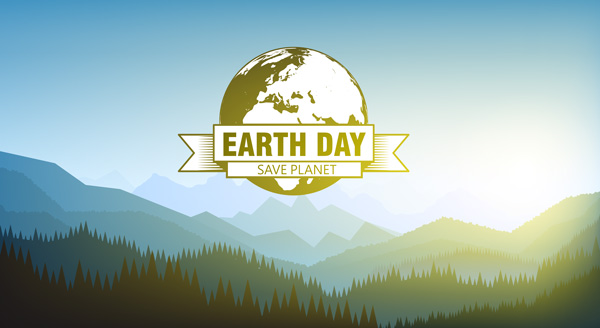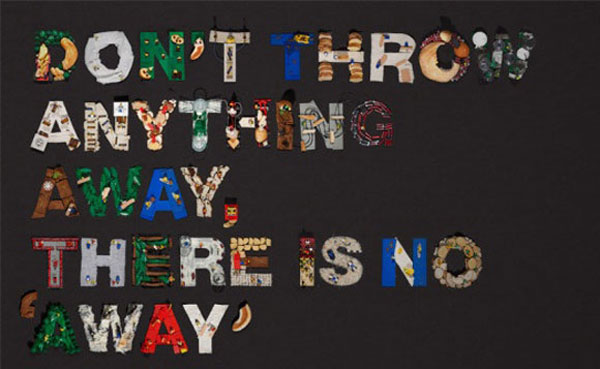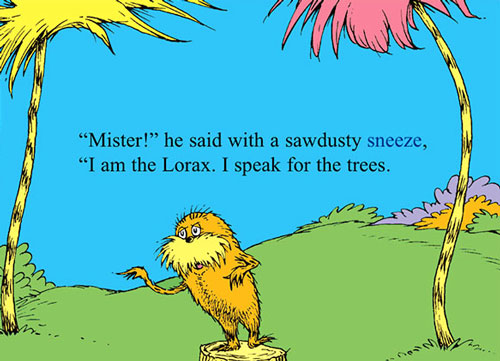 Here are a few reasons to love Earth Day and stay committed to protecting the environment:
Here are a few reasons to love Earth Day and stay committed to protecting the environment:
- According to the Earth Day Network, more than 1 billion people in 192 countries celebrate Earth Day.
- Climate Central created an interactive graphic that shows a state-by-state analysis of temperature trends since the first Earth Day took place in 1970.
- Dominique Browning's New York Times interview with Brazilian photographer Sebastio Salgado, tells how falling in love with our planet can show us what we stand to lose.
- Earth Day inspired Google to create a fun interactive, animated environmental scene.
- Joe Romm from Climate Progress says this about Earth Day: "Affection for our planet is misdirected and unrequited. We need to focus on saving ourselves."
- Antiwar activists in the late 1960s rallied across the country to raise environmental consciousness. It led to the creation of the EPA and passage of the Clean Air and Clean Water Acts. Watch the first Earth Day, April 22, 1970.
- Eco-Activist, Beth Terry, author of My Plastic Life and Plastic Free, walks the walk on Earth Day.
- Nature is cheaper than therapy.
Image via Tumblr

 Feeling a little bullish and full of questions about Earth Day.
Feeling a little bullish and full of questions about Earth Day.


